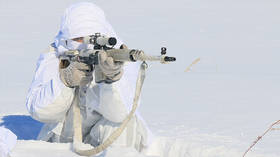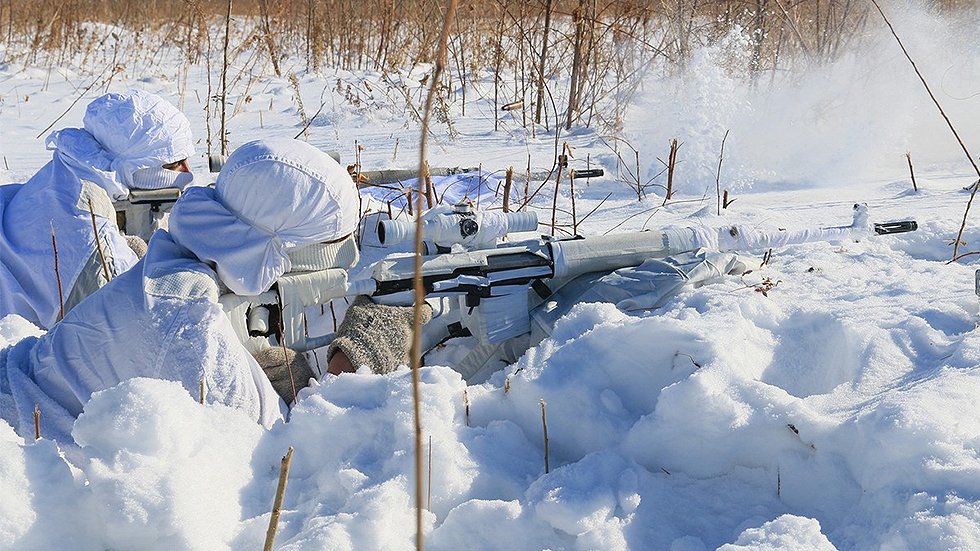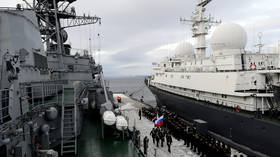Russian snipers train for frosty fights in minus 35 degrees amid wider plans to increase Arctic warfare capabilities

Setting their sights on a conflict at the very end of the world, Russia's marksmen have staged a series of training exercises in freezing temperatures, hitting targets at long range and concealing themselves in snow drifts.
The press service of the Russian Ministry of Defense announced on Monday that the grueling drills had been carried out by army snipers based in the Far East region of Transbaikal, almost 5,000km east of Moscow. As part of the wargames, snipers practiced shooting mocked-up enemies at ranges of up to 1,000 meters in temperatures of -35 degrees Celsius (-31 Fahrenheit) throughout the day and night.

The exercises come among a series of measures aimed at strengthening Russia's ability to fight a conflict in the frozen Arctic. In December, a specialist research facility was reopened near Moscow to test the ability of weapons to withstand harsh weather conditions and temperatures as low as -60 degrees Celsius (-76 Fahrenheit).
Also on rt.com Gearing up for a very Cold War? Russia reopens Soviet-era lab to develop weapons for icy Arctic conflictWith Arctic sea ice receding year on year, new channels have opened up for shipping, making the region a valuable conduit for trade. Russia has set a target for at least 80 million tons of goods to flow through the freezing waters by 2024.
At the same time, the US has indicated that it could begin 'freedom of navigation' patrols to challenge Moscow's dominance in the Arctic circle. Earlier this month, US Secretary of the Navy Kenneth Braithwaite hinted that "you will see the Navy operating again in a more permanent manner above the Arctic Circle." He added that Washington will "operate more assertively" to counter the growing Russian presence in the region.
Think your friends would be interested? Share this story!














